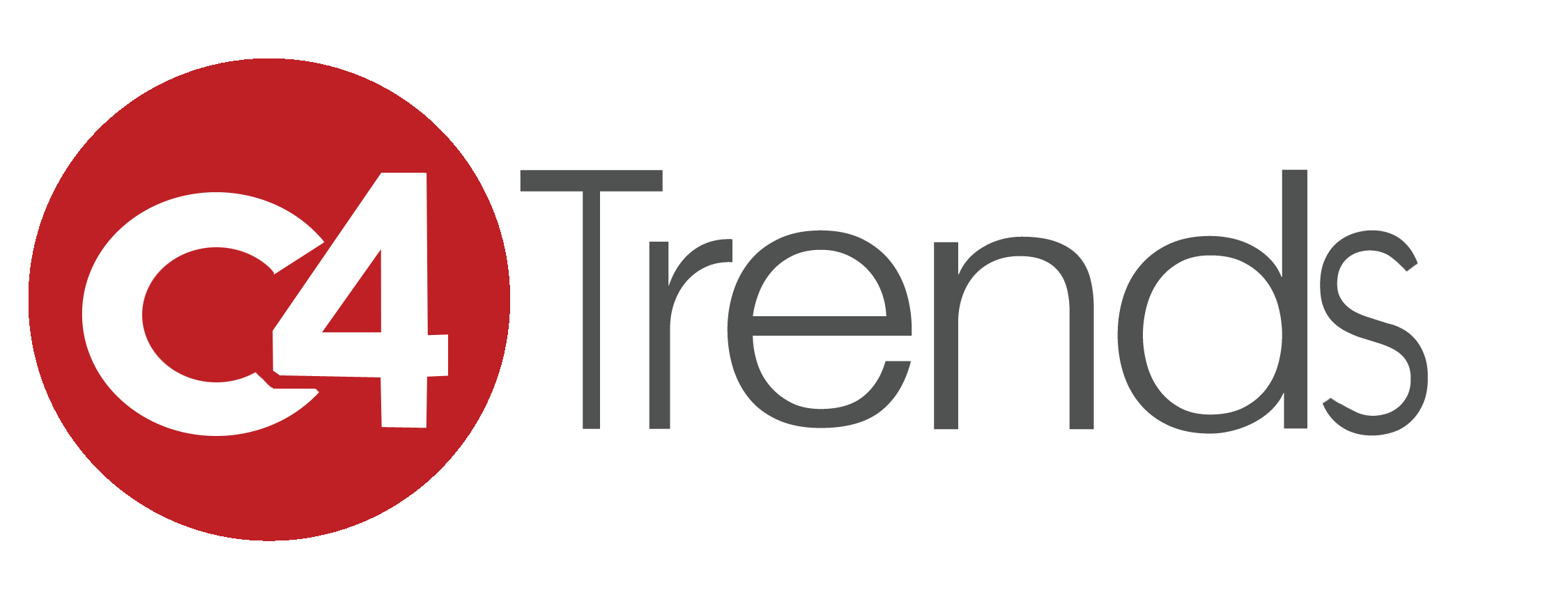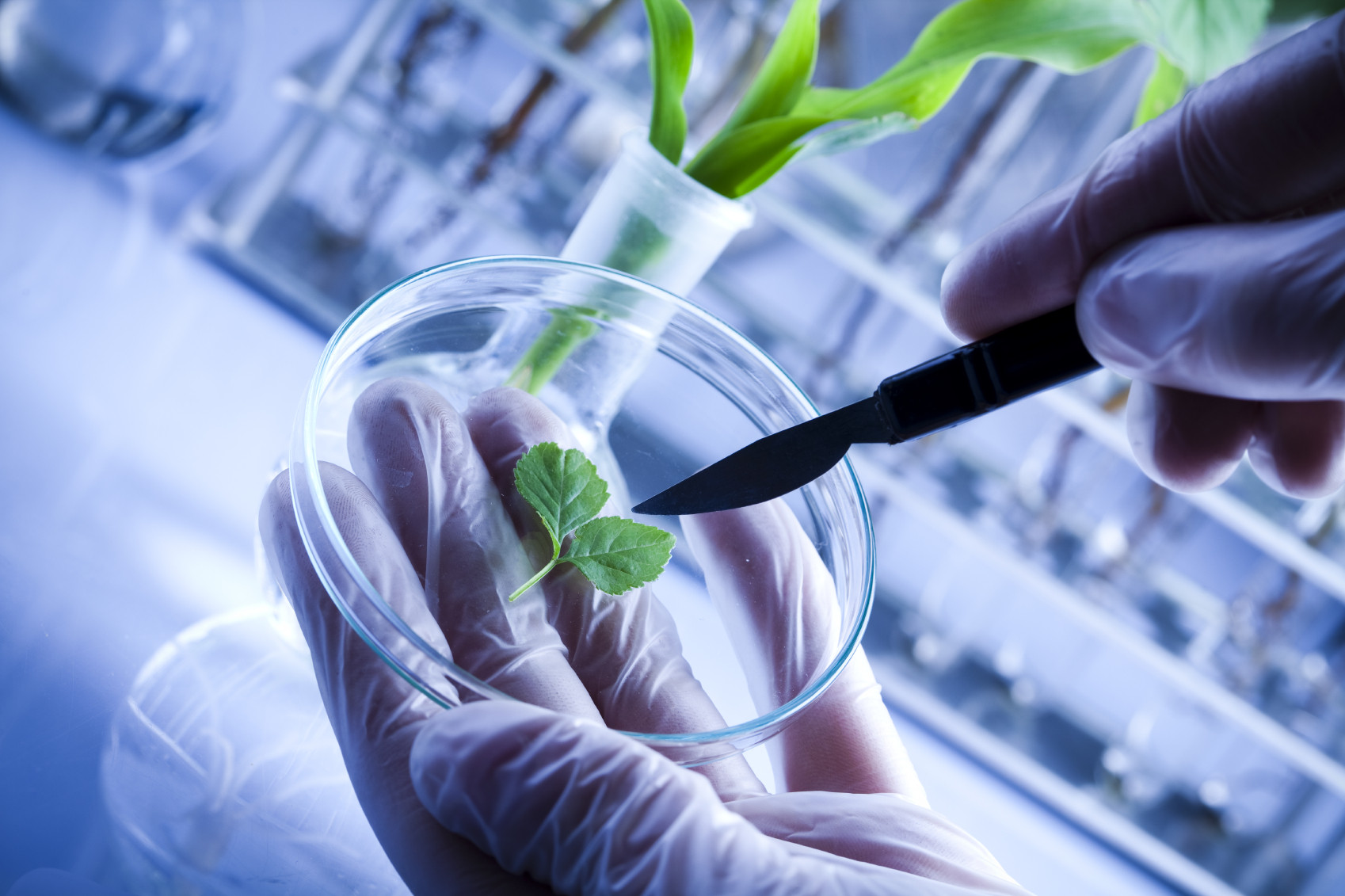Biotech is undergoing a shift to include a more expansive view.
It now embraces diverse sciences such as genomics, recombinant gene techniques, applied immunology, life sciences, pharmaceutical therapeutics and molecular diagnostics. There’s a move towards the democratization of biotech with biohacking, and nontraditional players entering into the process—to discover ‘more’ at an accelerated pace.
Biotech is not only about breakthroughs in genomics, its ecosystem now extends to digital innovations, big data and analytics. Digitization, machine learning and robotics are the lifeblood now empowering researchers and life sciences professionals offering players like IBM, Cisco and others new opportunities to contribute to the public good.
The Biotech Potential

As entrepreneurs, investors, technologists and others join forces with professionals in the life sciences and pharmaceutical industry. Gene editing has taken the scientific world by storm, and may soon reach human clinical testing. “Imagine cutting and pasting genes in DNA, just like editing words in a document on a computer.” The highly publicized CRISPR-Cas9 technology does just that, making it possible to replace genetic material with a simpler, cheaper, more precise method. Will this lead to cures for genetic maladies or a future where we can design our babies?
New ways of harnessing the immune system to battle cancer are also being unlocked with increasing investments in neuroscience, long a drug development minefield. Venture firms are armed with new funds to spend on startups, focused on how to move those ideas forward in the real world.
A major catalyst for disruption in biotech is the rise of wearables, sensors and applications that remotely collect consumer wellness or health data. This underscores the significant role that wearables and smartphones have within the context of clinical trials. These wearables capture data, whether for personal wellness monitoring, corporate wellness programs or data collection for clinical research purposes.
With the increased flexibility and convenience of remote monitoring via mobile devices, clinical trials can include a more diverse subset of participants—without incurring the additional costs associated with managing multiple study sites in geographically dispersed locations. Digital tools are enabling the streamlining of clinical trials to be more efficient and effective. It is also permitting data collection that was previously not accessible as part of a drug study mix. It is generating more reliable data instead of relying on a participant’s recall or willingness to share ‘negative’ data. These devices also aid researchers to discern trends outside of clinical settings.
As a consequence of enabling the collection of larger sets, these consumer-facing mobile devices and apps hold the potential for changing the way clinical trials are fundamentally designed, and shortening the time it takes drugs to get to market. Companies will be able to bring a drug to market more efficiently and cost-effectively. Developments in personalized medicine will accelerate and offer major opportunities to improve the patient experience and outcomes, driving increased productivity and economic growth while reducing health costs.
By taking the clinical study into the real world, the data and the device usage are also facilitating improved patient care through enhanced medication adherence and compliance support. Pharmaceutical companies are starting to leverage ‘digital wraparounds’—where an app is paired with a specific medication and another service is wrapped around that app to help improve patient behavior. For instance, an app could provide alerts to ensure that the patient takes a prescribed drug at the appropriate time. In addition, these wraparound apps could help build patient communities, where connections could be made with people with similar conditions to drive further engagement.
As digital health matures and becomes more accepted by the greater pharmaceutical community, data will be leveraged to improve clinical trials and the drug discovery process, including the growing connectivity that is putting the fruits of biotech research into the hands of many people. Wider participation holds the potential to accelerate progress.

